|
If you are looking at multiple neighborhoods or lots on which to build your new house, there may be some areas on the outskirts of the city that might interest you, but require you to have a septic system. Having some basic knowledge of septic systems and how they compare with city sewer systems will help you in making a decision about whether a lot needing a septic system could be right for you. Sewer systems are more common, and usually preferred, because they're funded and maintained by local governments. But as people move further away from cities, septic systems are becoming more popular. About 1 in 5 US households use septic systems. Septic systems are environmentally friendly and give homeowners full control over their drainage. Plus, being open to lots that require a septic system gives you so many more possibilities for your homesite, especially those site in rural areas. Many people are apprehensive about the costs and maintenance involved with a septic system. But does a septic system really cost more than sewer and require frequent maintenance? That’s some of what we’ll talk about today. And If you fall in love with a lot needing a septic system, this episode will help you decide whether to put that lot on your short list of possible homesites, or whether to scratch it off your list all together. Before we move into the mini lesson, let’s go over a couple of pro terms. Proterms: Septic tank, effluent and drain field. Septic tank: A buried, water-tight container usually made of concrete, steel, fiberglass, or polyethylene. It holds wastewater from your house long enough to allow solids to settle down to the bottom forming sludge, while oil and grease float to the top as scum. The average septic tank holds about 1000 gallons of water/fluid. Effluent: A fancy word for the liquid part of the wastewater that has been processed in a septic system or sewage treatment plant. Drain field: Part of the septic system that consists of a network of pipes, trenches, gravel and soil. The pipes extend from the septic tank and have holes in them to allow effluent liquid to drip and flow through. The pipes are laid inside of trenches that are filled with gravel. The perforated pipes and gravel work in the filtration process. Soil surrounds the entire drainfield area. Septic drain fields, also called leach fields or leach drains, are used to remove contaminants and impurities from the liquid effluent that is released from the septic tank. Okay, let’s get into the lesson. Most of the information in this show comes from the US Environmental Protection Agency and Mr.Rooter.com What exactly is the difference between a sewer system and a septic system? In general, a sewer system and septic system have very similar functions. Both systems filter out black water and grey water. Black water is simply the toilet water you flush, and grey water is the water that comes from the drains of sinks, showers and appliances. Both sewer and septic systems degrade bacteria and infectious pathogens from water before the water flows back out into the environment. Basically, the both systems collect and process wastewater. But there are obviously some differences between sewer and septic systems, so let’s compare the two—starting with the more commonly utilized system— sewer systems. SEWER SYSTEM Wastewater lines from your house are connected to the city-owned sewers. Sewer systems have lines that carry wastewater to a city-owned treatment facility. That facility removes contaminants and then discharges water back into local water supplies. A sewer system connects whole communities to one centralized drain field/leach field. Any problems that affect that centralized drain field can affect several homes connected to that drain field. Luckily, problems with sewer system are rare in most areas. Having wastewater conveniently sent to one big treatment center is an attractive option to many homeowners. Since sewage systems are managed and maintained by local governments, homeowners don't have to be concerned with the workings of sewer drainage components, but they do have to pay the city a monthly or quarterly fee to take care of the system. Yearly sewer fees differ from city to city, but here are some examples of annual sewage fees from around the country:
In addition, homeowners can be charged pricey fees for installation on newly established sewage systems. Many communities even impose what are known as Sewer Betterment fees, which can cost thousands or tens of thousands of dollars. Properties located in sparsely populated areas will pay the highest betterment fees because with the smaller numbers of taxpayers who reside in those areas, there are fewer people so share the betterment fee. And even if your house is located in an area where sewage pipes and pumps have been in place for many years, there are still fees involved in linking your new build to a nearby sewage system. The costs for a sewage connection can range from hundreds to thousands of dollars. And that’s on top of the monthly maintenance and usage fees that you have to pay to the city. Okay, so that was municipal or city-owned sewer systems. Now let’s talk about septic systems. SEPTIC SYSTEMS Septic systems are underground wastewater storage and treatment structures, typically used in rural areas without centralized sewer systems. Wastewater from bathrooms, kitchen drains, and appliances is treated in septic systems. A typical septic system consists of a septic tank, piping and a drain field. In contrast to sewer systems, the installation, maintenance and repair of septic systems are the responsibility of private homeowners. And thankfully, a septic system should perform without problems over long time spans, providing the tank is pumped and maintained at recommended intervals. If a tank does malfunction, it's likely due to negligence on the part of the homeowner. If problems arise, the homeowner can call a septic system service crew and pay for the needed repairs. A septic tank is typically located near the home, and wastewater is led into the tank through pipes that connect to the toilets, bathtubs, sinks, and washing machines. Wastewater goes in on one side and filters out through the other to a drain field. Most tanks are capable of holding 1,000 gallons of water. Inside the tank, the water splits into three layers. Everything that floats, like oil and grease, rises to the top. This top layer is known as the scum layer. All the heavier, solids, like fecal material and toilet paper, sink to the bottom, which is known as the sludge layer. Between those two layers is a layer of clear water. As scum is rinsed out of the wastewater, the tank produces smelly gases which are filtered through vent pipes that usually funnels out of the home’s roof. As new wastewater enters the tank, older, filtered water drains out. Effluent then goes into the septic drain field so contaminants and impurities can be degraded. Alternatively, there are septic systems that use pumps or gravity to help the septic tank push effluent through sand, peat moss, sawdust, or other material to remove or neutralize pollutants -- things like infectious agents, nitrogen, phosphorus, and other contaminants. Still other types of systems are designed to evaporate wastewater or disinfect it before the effluent is released into the soil. It’s in the soil where microorganisms go to work, treating, and essentially cleaning the wastewater before it enters the ground water supply. Ground water is the water and moisture found in the ground or soil that eventually makes its way to streams, lakes and other waterways. So that’s how septic systems work. But realize that septic systems can’t be used on all lots. PERC TEST To determine if a homesite is suitable for a septic system, a percolation test, commonly called a “Perc test," is required. Many health departments require a percolation test to determine if the lot’s soil can be used as a drain field and absorb and percolate (or filter) the septic tank effluent. If the soil is not absorbent enough to work as a part of the drain field, effluent can back up and pool on the surface of the ground. On rural sites without municipal sewage systems, you are not allowed to build a house if the perc test fails. That’s why it’s so important to not make an offer to purchase land requiring a septic system until the land has passed the Perc test, or make the offer contingent, or dependent upon, the site passing soil and Perc tests. Lots with soil made of sand and gravel generally drain well and will typically pass a Perc test. But soils made of large amounts of clay or bedrock don’t drain well and will most likely not pass a Perc test. A small amount of clay or rock, though, is usually not a problem. To get a rough idea of the makeup of soil before investing time and money in getting Perc testing, do this quick soil examination yourself. Dig below the topsoil a few inches to the lighter soil and grab a handful. See If the soil has a sticky, damp texture, and see if you can form a small lump of damp subsoil into a thin ribbon or worm shape. If you can form that soil into a ribbon or worm that is 2 inches or longer that holds together, then the soil has significant clay content and is probably not permeable enough to pass the Perc test. Less commonly, a site can fail a Perc test because the soil is too permeable, allowing the effluent to escape before it is fully filtered by soil and treated by microorganisms. But the only way to know for sure if soil on a lot is appropriate for a septic system is to have an official Perc test. Now, what about the costs associated with a septic system? Most people think that septic systems are more expensive than paying for usage of the city’s sewer system, but that’s not generally true. According to HomeAdvisor.com, the average septic system with a 1000 gallon tank and drain field will run anywhere from $3,100 to $9600. The national average is $6100. Steel septic tanks can last up to 20 years and concrete tank tanks have a lifespan of around 40 years. With proper maintenance, septic drain fields typically last 20 years, though some could possibly last up to 50 years. In addition to the upfront cost of the septic system, there is the cost of maintenance of the septic system. But most systems only need to be pumped every 3-10 years. Pumping costs about $200 to $300 per session. And what about repairs? Properly maintained septic systems rarely require repairs. Problems with septic systems usually come down to negligence or insufficient maintenance. When a septic tank isn't adequately maintained, its wastewater isn’t properly treated and the outflow fluid/effluent can be contain contaminants that are hazardous to surrounding waterways and the environment. To prevent the sludge layer from rising too high, the system should be cleaned and inspected at least every few years. In order to prevent the pipes from clogging, you should eliminate or minimize grease, hair, or hard particles from going down any drains connected to the septic system. You should also be careful not to plant trees or other heavily rooted plants either on or near the area of soil in which the system lies. Roots and bulbs can damage drainage pipes. In summary, the costs of quality septic systems are much less than most people think. In many communities, particularly those that are sparsely populated and far from sewer systems, septic systems are the cost-efficient answer for sanitation. Plus, septic systems are environmentally friendly. Here’s why… With sewer systems, energy and chemicals are needed to pump and treat the water. There are concerns about the power needed and the impact the chemicals could have on rivers and other waterways. Those problems are not issues with septic systems. Most septic systems pump and treat water without the need for energy or chemicals. Wastewater is carried away in small, even amounts and then naturally filtered, then cleansed by microorganisms in the ecosystem. In most established neighborhoods within city limits, a sewer system is usually in place and the option for a septic system may not be available. But if you move into a septic-based community where a sewer line is newly established, you may have a choice of a sewer system or septic system for your home. The choice between one system or the other is largely based on your personal preferences. If you don't want to worry with the maintenance of your wastewater system and don’t mind being dependent on a centralized city system, connecting to the municipal sewer system is probably the best option. But if you want the most independent, economical and ecofriendly option, and don’t mind taking the personal responsibility for your wastewater, then a septic system would be better. Before we end, let do a couple of quiz questions. QUIZ 1. True or False: The main benefit for homeowners of a city-owned sewer system is the lack of responsibility for maintenance and repairs of the system. That’s true. The main responsibility the homeowner has when connected to a municipal sewer system is to write a monthly or quarterly check (or make an electronic payment) to the city for their sewer services. 2. Which is these statements about septic systems is false. A. A septic system can work in all types of soil. B. A septic systems is an ecofriendly option that processes wastewater without power or chemicals. C. Homeowners, not the city, have to pay for the septic system, including the purchase of the septic tank and the components of the drain field. D. Septic systems cost on average $6100. The answer is D. Septic systems cannot work in all types of soil. If the soil doesn't drain well, the lot won't pass the Perc test and a septic system can't be installed. On the next episode, I’ll give you an update on my own house build and my experience building during a pandemic. So be sure to subscribe to the podcast so new episodes will be dropped in your podcast library (or email inbox) as soon as they are published. Otherwise, you’ll have try to remember to check back in a couple weeks for the new show and I’m sure you’ve got enough on your mind to remember. That’s it for now. I hope you learned as much as I did and I hope you’ll join me again next time for the next episode of BYHYU. Please remember that the purpose of this podcast is simply to educate and inform. It is not a substitute for professional advice. The information that you hear is based the only on the opinions, research and experiences of my guests and myself. That information might be incomplete and it’s subject to change, so it may not apply to your project. In addition, building codes and requirements vary from region to region, so always consult a professional about specific recommendations for your home.
0 Comments
Your comment will be posted after it is approved.
Leave a Reply. |
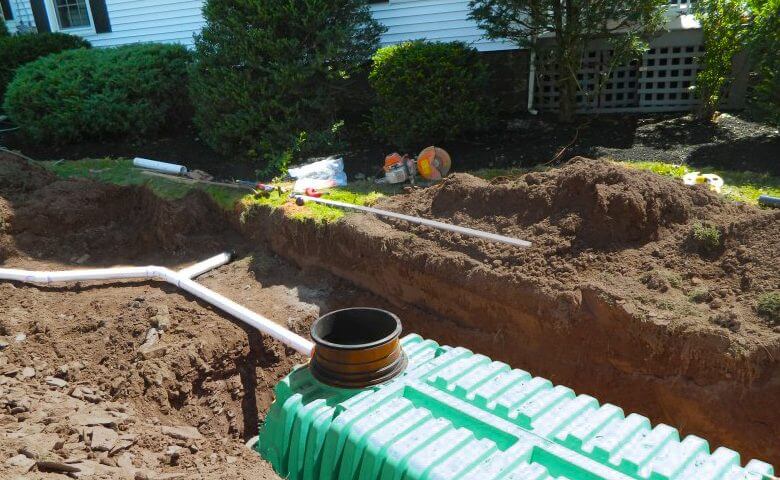
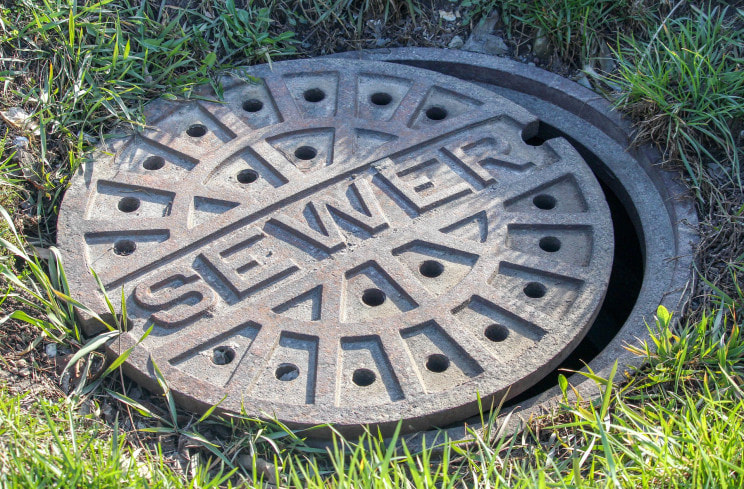
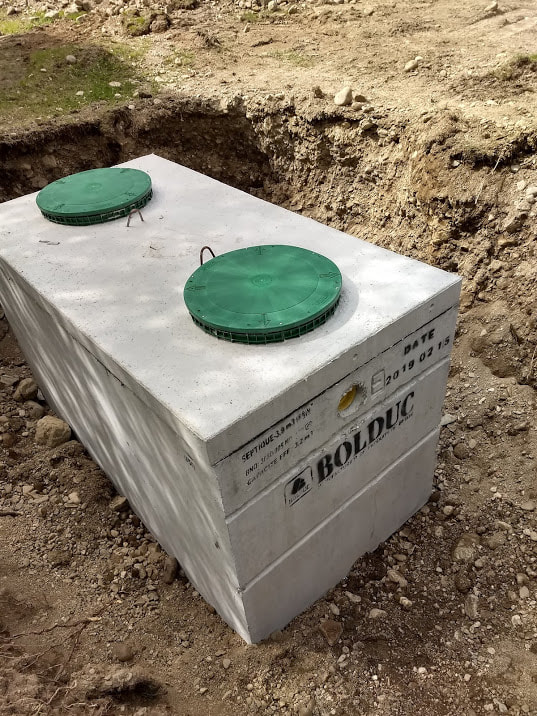
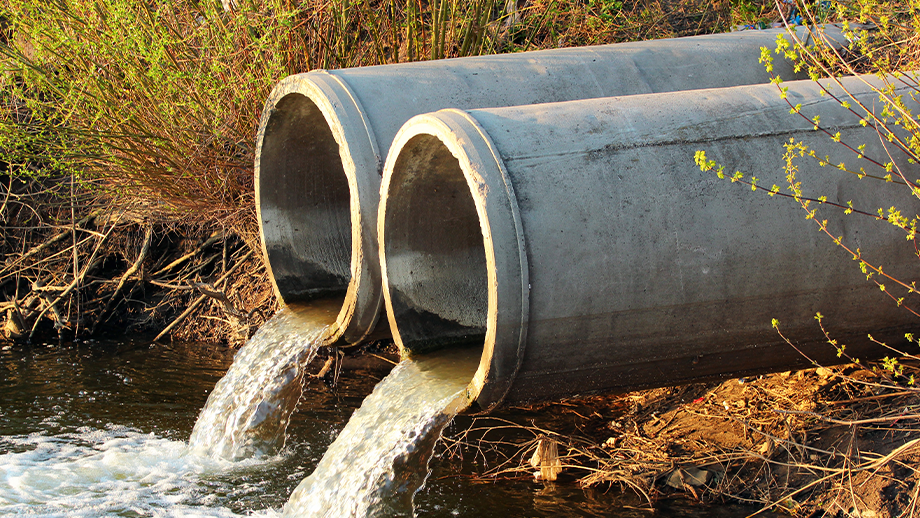
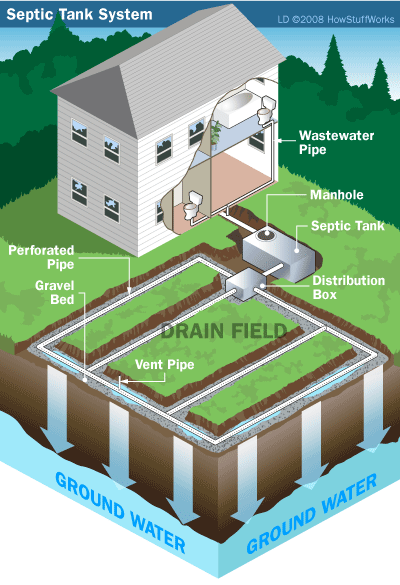
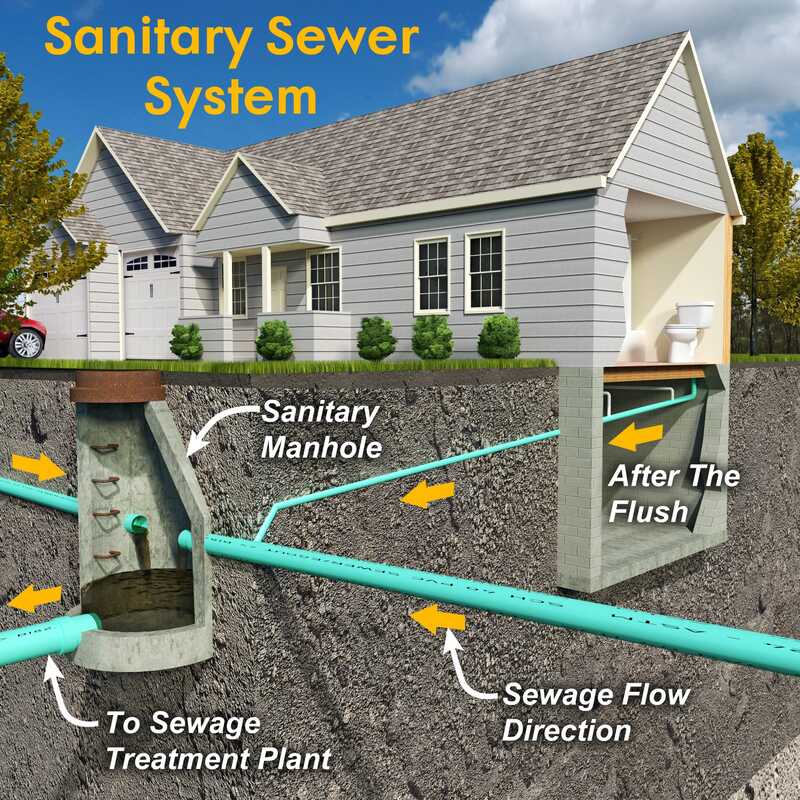
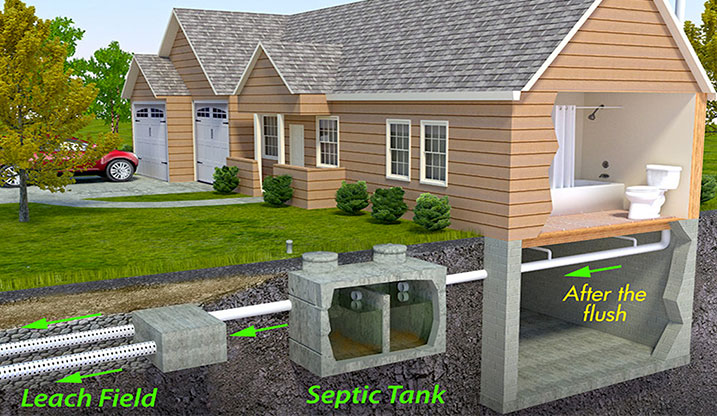
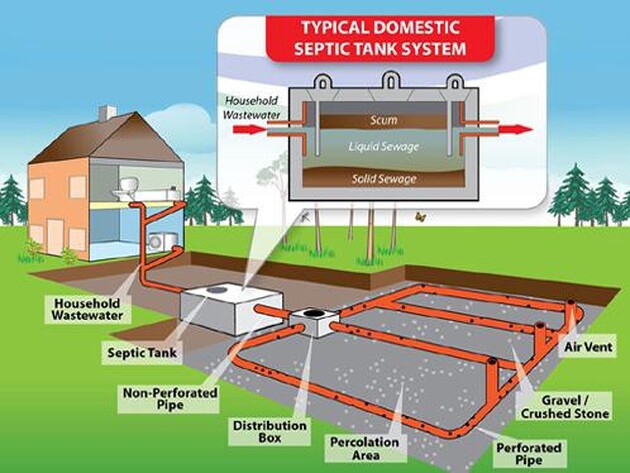
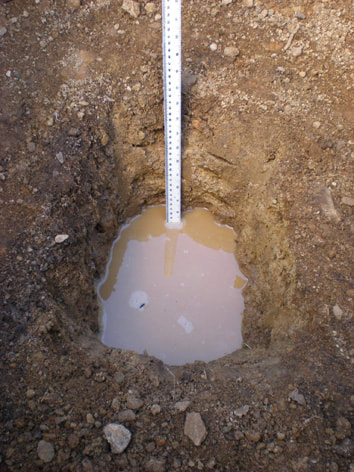
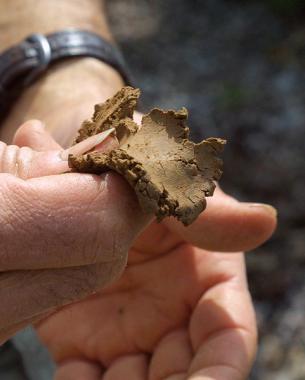
 RSS Feed
RSS Feed